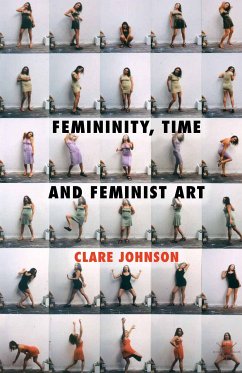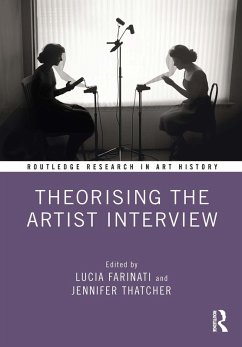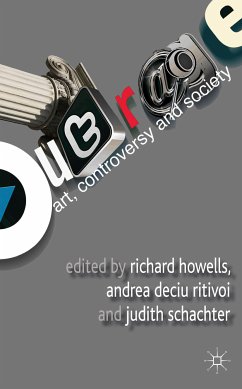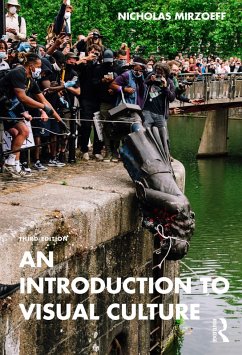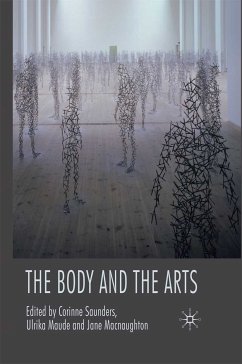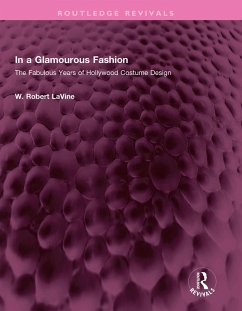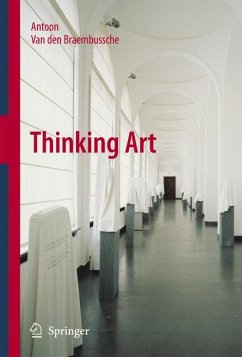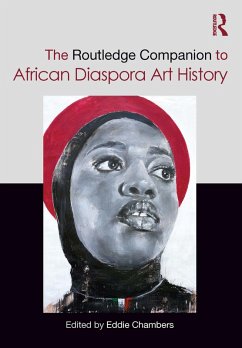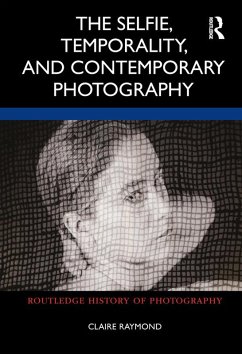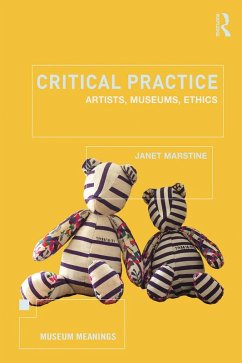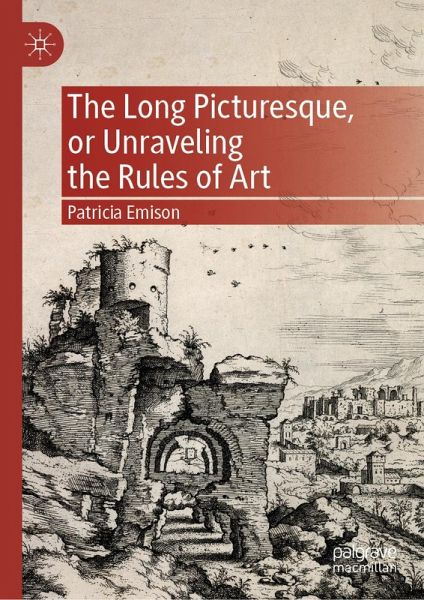
The Long Picturesque, or Unraveling the Rules of Art (eBook, PDF)
Versandkostenfrei!
Sofort per Download lieferbar
104,95 €
inkl. MwSt.
Weitere Ausgaben:

PAYBACK Punkte
52 °P sammeln!
This book provides a Renaissance art historian's view of how the picturesque aesthetic developed from roots in the sixteenth century (mostly in painting, but with ramifications for printmaking, landscape design, and architecture), and further, how the picturesque aesthetic fundamentally changed the relationship between art and nature, between viewer and image. The book's argument is based on wide reading of obscure yet piquant critical texts, mostly of the seventeenth and eighteenth centuries, together with consideration of varied works of art, ranging from Fra Angelico to Raphael and Michelan...
This book provides a Renaissance art historian's view of how the picturesque aesthetic developed from roots in the sixteenth century (mostly in painting, but with ramifications for printmaking, landscape design, and architecture), and further, how the picturesque aesthetic fundamentally changed the relationship between art and nature, between viewer and image. The book's argument is based on wide reading of obscure yet piquant critical texts, mostly of the seventeenth and eighteenth centuries, together with consideration of varied works of art, ranging from Fra Angelico to Raphael and Michelangelo, and from Rubens to Canaletto, and from James Gibbs to Jacques Demy, all of them studied not for their place in the history of style, but for their spatial imagination.
Dieser Download kann aus rechtlichen Gründen nur mit Rechnungsadresse in A, B, BG, CY, CZ, D, DK, EW, E, FIN, F, GR, HR, H, IRL, I, LT, L, LR, M, NL, PL, P, R, S, SLO, SK ausgeliefert werden.



